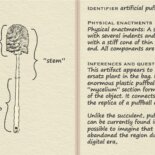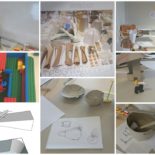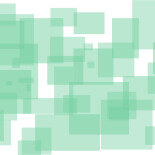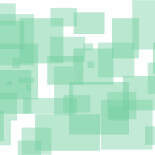A Critical Method for Discovery
1_Photo Essay of the Discovery Fig. 1: View of mountain formations surrounding First Mellissaa, where bears have first rights Fig. 2: The peak of First Mellissaa on day 53,084, seen from the access point to the protected zone Fig. 3: View of the side of First Mellissaa, past the midpoint stone where tree cover protects ground-life from the sun Fig. 4: First sighting of the discovery Fig. 5: View two of the discovery Fig. 6: View three of the discovery Fig. 7: View four of the discovery Fig. 8: View five of the discovery 2_Research Journal 3_Misunderstanding Familiar Objects in an Imagined Future: A Critical Method for Discovery Familiarity and habit lead but also limit human understanding of how objects impact people and places. A bottle opener is just a bottle opener. An artificial plant is just an artificial plant if it remains in expected spaces and functions as intended. This tenet forms the foundation of Thing Theory and opens the door for intentional breakage as a method for engaging readers in a deeper understanding of the objects that surround them every day. [1] Moreover, if the production and uses of objects “illuminate their human and social context,” as Arjun Appadurai and contemporary material culture studies theorize, intentional breakage also reveals something about readers themselves. [2] This proposal—that defamiliarization creates new perceptions of objects and humans—underpins this multi-media project that employs deliberate misunderstanding to encourage readers to discover the interaction of design, environment, and society. Through the playful use of time and format, this project crafts a novel perspective on ordinary objects and the society that produced them. It centers around a fictional researcher in the 23rd century who discovers a trove of objects used in the early 21st century in present-day Allgäu, Germany. These objects include a plastic plant, a toilet brush, a clothespin, a clothes hanger, a stuffed animal, a bottle opener, and a bag. The researcher exists in an imagined future where humans respect their limitations and live within a delicate ecosystem without attempting to shape organic entities to their will. This society resulted from rebuilding efforts after a series of catastrophes, most notably a solar flare on August 16, 2055, that ended the memory and utility of digital technology. This history slowly unravels through a fictional research journal and a photo essay. The journal contains notes, sketches, and commentary from the researcher who has discovered and…





